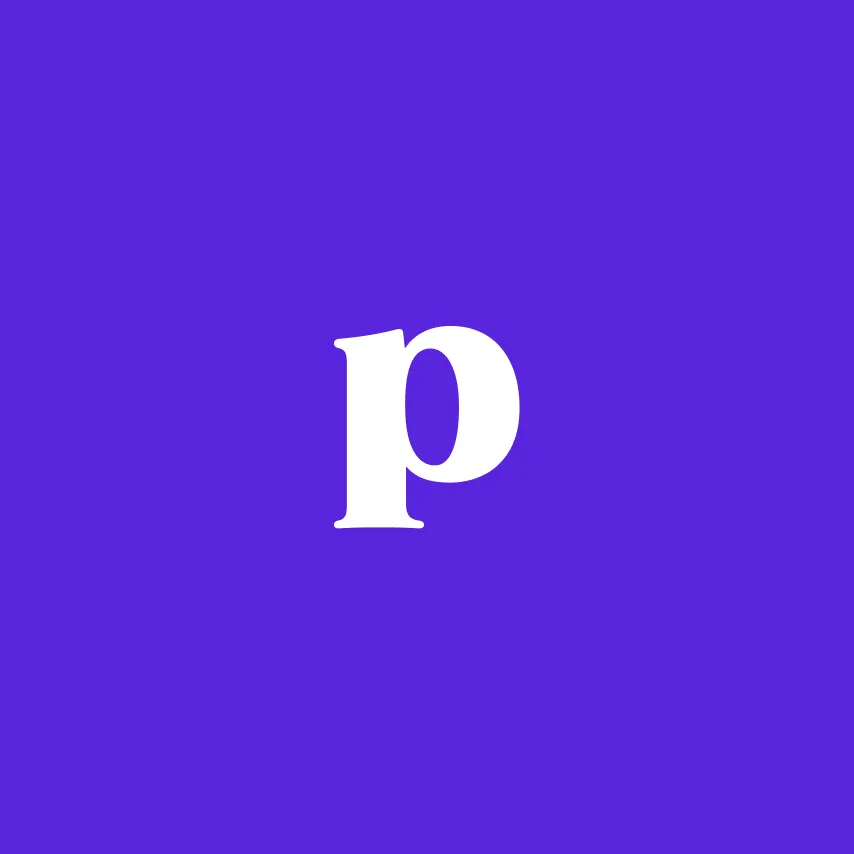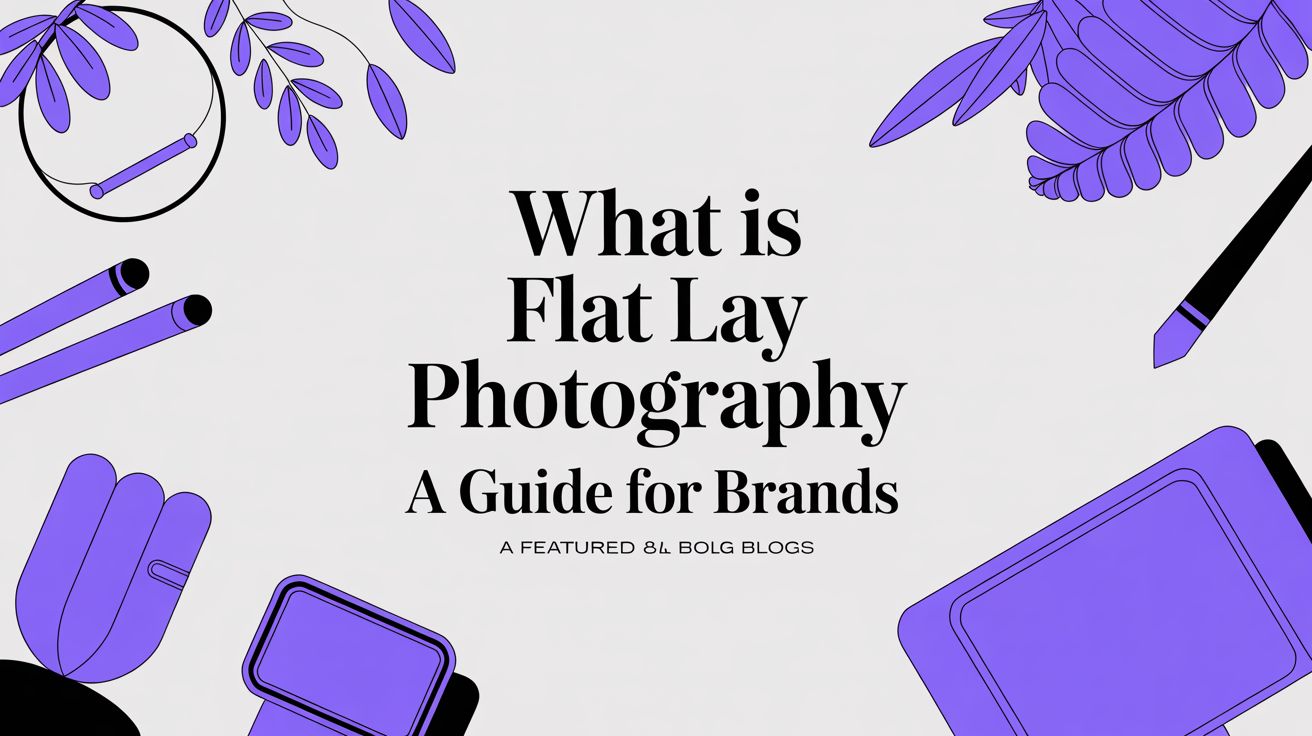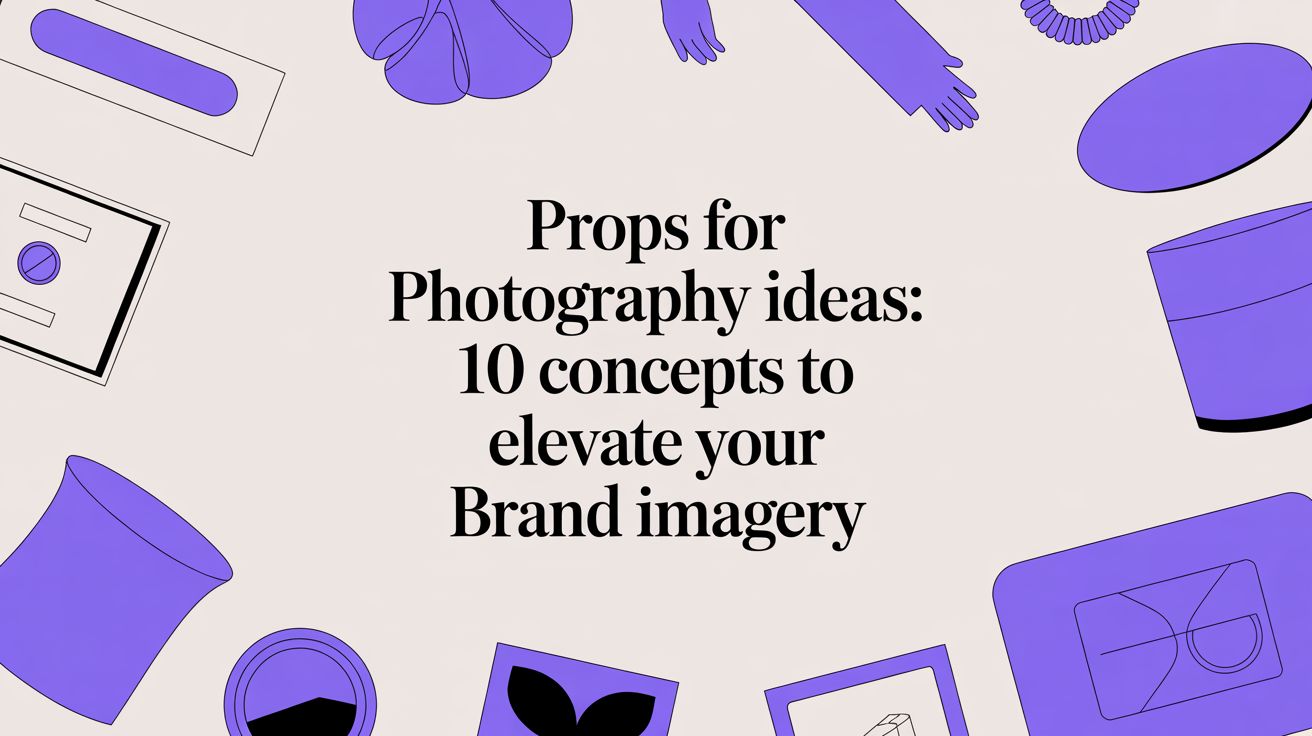How to Select Dresses for Photoshoot Success
A guide to choosing the best dresses for photoshoot campaigns. Learn how fabric, style, and color choices can create images that convert and captivate.
How to start saving money
Lorem ipsum dolor sit amet, consectetur adipiscing elit lobortis arcu enim urna adipiscing praesent velit viverra sit semper lorem eu cursus vel hendrerit elementum morbi curabitur etiam nibh justo, lorem aliquet donec sed sit mi dignissim at ante massa mattis.
- Neque sodales ut etiam sit amet nisl purus non tellus orci ac auctor
- Adipiscing elit ut aliquam purus sit amet viverra suspendisse potent i
- Mauris commodo quis imperdiet massa tincidunt nunc pulvinar
- Adipiscing elit ut aliquam purus sit amet viverra suspendisse potenti
Why it is important to start saving
Vitae congue eu consequat ac felis placerat vestibulum lectus mauris ultrices cursus sit amet dictum sit amet justo donec enim diam porttitor lacus luctus accumsan tortor posuere praesent tristique magna sit amet purus gravida quis blandit turpis.

How much money should I save?
At risus viverra adipiscing at in tellus integer feugiat nisl pretium fusce id velit ut tortor sagittis orci a scelerisque purus semper eget at lectus urna duis convallis. porta nibh venenatis cras sed felis eget neque laoreet suspendisse interdum consectetur libero id faucibus nisl donec pretium vulputate sapien nec sagittis aliquam nunc lobortis mattis aliquam faucibus purus in.
- Neque sodales ut etiam sit amet nisl purus non tellus orci ac auctor dolor sit amet
- Adipiscing elit ut aliquam purus sit amet viverra suspendisse potenti
- Mauris commodo quis imperdiet massa tincidunt nunc pulvinar
- Adipiscing elit ut aliquam purus sit amet viverra suspendisse potenti
What percentage of my income should go to savings?
Nisi quis eleifend quam adipiscing vitae aliquet bibendum enim facilisis gravida neque. Velit euismod in pellentesque massa placerat volutpat lacus laoreet non curabitur gravida odio aenean sed adipiscing diam donec adipiscing tristique risus. amet est placerat imperdiet sed euismod nisi.
“Nisi quis eleifend quam adipiscing vitae aliquet bibendum enim facilisis gravida neque velit euismod in pellentesque massa placerat”
Do you have any comments? Share them with us on social media
Urna ut fermentum imperdiet lacus, elementum etiam maecenas libero nunc, suspendisse massa, nisl, elit curabitur feugiat in quis ut nibh enim in tristique aliquam sed vitae dui, dis adipiscing pharetra aliquam turpis turpis nibh rhoncus enim, pellentesque leo laoreet neque in sed bibendum fermentum suspendisse tempus non purus adipiscing suscipit fringilla adipiscing convallis dolor nulla fermentum facilisis ullamcorper ut vehicula tortor libero metus donec velit, tristique fermentum, dictum euismod diam scelerisque enim non pharetra tristique lectus habitant pharetra est id
When Crocs tested AI-generated photos for their spring collection, they discovered a 60% faster campaign rollout. This highlights a crucial industry shift: the perfect dresses for a photoshoot are no longer just about aesthetics — they're about strategic, data-backed storytelling.
A single dress choice can communicate your entire brand ethos, from coastal relaxation to downtown sophistication.
This guide breaks down how to select, style, and shoot dresses that not only look incredible but also drive sales, blending timeless creative principles with the cost-saving power of AI platforms like Picjam.
How to Choose Dresses That Align with Your Brand Story

Before pulling a single garment, clarify the narrative you're selling. The right dress is a visual shortcut that instantly communicates your brand’s lifestyle.
Take a brand like Reformation. They lean into flowing, soft-focus fabrics to cultivate an effortless, romantic feel. Their dress choices are a direct extension of their brand DNA.
Define Your Visual Narrative
Every dress you select should be a deliberate echo of your brand's personality. Start by asking a few critical questions:
- Who are we talking to? What does our customer value and aspire to?
- What feeling are we selling? Is it confidence, comfort, or playfulness?
- What's our core message? Does this dress scream that message instantly?
This strategic thinking separates a pretty picture from an image that truly connects. It's the foundation of effective product lifestyle photos.
How to Use Data to Validate Creative Choices
Instead of sinking a huge budget into a photoshoot based on intuition, tools like Picjam let you test creative concepts on virtual models first, saving thousands.
Imagine instantly seeing how a floral maxi dress performs with your target demographic compared to a minimalist slip dress.
This data-first approach lets you validate choices before investing in inventory. With the custom apparel market set to grow by $2.45 billion between 2025 and 2029, brands that get this right will have a massive edge.
By testing dress styles with AI, brands dramatically reduce creative risk. You’re aligning your visual strategy with actual customer preferences, saving thousands on mismatched inventory.
This bridges the gap between creative vision and commercial success, ensuring every photo you produce is working for your brand.
How to Style the Scene to Elevate the Garment

A stunning dress is only one piece of the puzzle. The world you build around it — the props, accessories, and background — is what turns a product photo into an aspirational story.
Think about a brand like Anthropologie. They are masters of this, creating textured, layered environments that make their dresses feel like part of a larger, covetable world.
This is where AI platforms like Picjam become a game-changer. Instead of sinking thousands into location scouting and set design, you can test a single dress against dozens of generated backgrounds in minutes.
Build a World with AI Without Overspending
Imagine placing your new summer collection in a sun-drenched Italian villa, a sleek art gallery, or a blooming English garden.
With AI, you can render these scenes instantly, letting you create diverse campaigns from a single photo. That agility saves an incredible amount of time and budget.
It's not just about speed. A McKinsey report found that companies integrating AI deeply into marketing report profit margins 3 to 5 percentage points higher than their peers. That efficiency often starts with visual creation.
The Power of Cohesive Styling
A strong mood board is your roadmap, ensuring your scene feels intentional. When styling, think about harmony and contrast.
- Accessories: Simple jewelry can enhance a look, while a single statement piece might define it. Choose accessories that complement the dress without overpowering it.
- Props: The right props add context and depth. For a deeper dive, check out our guide on selecting the best props for photography ideas.
- Backgrounds: A minimalist set can make a bold dress the hero, while a detailed scene creates an immersive lifestyle feel.
Every element should contribute to the mood you want to evoke, turning a simple dress into a piece of a larger, aspirational narrative that connects with your audience.
By combining thoughtful, human-led styling with the speed of AI, brands can create powerful, scroll-stopping imagery.
How to Capture Light and Movement for Dynamic Photos
Flat, static images don't do a dress justice. To create photos that sell, you have to bring your dresses to life with intentional lighting and movement.
The goal is to make your images feel alive. A simple twirl can reveal the volume of a maxi skirt from a brand like Free People. A confident stride shows off the fluid motion of a silk slip dress. These aren't just pictures; they're moments.
Use Light to Define Texture and Shape
Lighting is your most powerful tool for shaping how someone sees a dress. The type of light you choose can completely change the mood.
- Soft, Diffused Light: This is your go-to for a gentle, romantic feel. Natural window light is perfect for ethereal or bohemian dress styles.
- Crisp, Hard Light: To make a statement, hard light is your friend. Direct sunlight or studio strobes create sharp shadows and high contrast, accentuating modern, architectural dresses.
A brand like Zimmermann uses golden-hour sunlight to make delicate lace and silk fabrics glow. This is a core part of their strategy to reinforce the brand's luxurious story.
To capture the energy needed for today's platforms, it's worth digging into advanced photography techniques for dynamic visuals.
Directing Authentic Movement
Telling a model to just "move around" is a recipe for awkward poses. Give them concrete actions that create authentic motion.
Try suggesting small things, like walking toward the camera or adjusting a sleeve. These natural movements show how the dress behaves, helping customers picture themselves wearing it.
According to behindmud.com, the professional headshot market alone is projected to grow at a 9.2% CAGR from 2026 to 2033 as businesses invest more in premium photography. You can explore more about this trend on behindmud.com.
AI can be a powerful ally after the shoot. If the lighting was inconsistent across a series of shots, Picjam can correct it in post-production. This ensures every photo looks polished and professional without a costly reshoot.
How a Strategic Shot List Can Increase Conversions
A detailed shot list is your blueprint. It ensures you walk away with every asset you need to tell your product's story and convince a customer to buy.
At a minimum, every dress you shoot needs a core set of images that give shoppers the confidence to click "add to cart."
- The Full-Length Look: This is your hero shot, showing the entire dress head to toe.
- Fabric and Detail Close-Ups: Show off beautiful embroidery, custom buttons, or unique fabric texture.
- The Back View: Shoppers need to see how the dress closes and drapes from behind.
- The Lifestyle Shot: This is where you sell the dream. A breezy sundress belongs on a beach; a chic cocktail dress needs a city nightscape.
Balancing Commerce with Creativity
Look at Zara. Their product pages perfectly blend crisp studio shots with artistic, editorial-style images. The clean shots answer practical questions, while the creative shots stop someone mid-scroll.
Your shot list needs to account for both. Map out standard angles for your site and brainstorm dynamic compositions for Instagram Reels, TikToks, and email campaigns.
A well-planned shot list isn’t just a checklist — it’s a financial tool. Capturing every asset in a single session maximizes your return on investment and guarantees visual consistency across all touchpoints.
To nail your dress photography, you need a plan. The table below outlines the essential shots every e-commerce brand should have on their list.
This infographic breaks down the essential flow of a photoshoot, from initial setup to the final, polished image.

By building this process into your shot list, you're not just taking static photos — you're creating a visual experience that connects with your customer.
How AI Cuts Photoshoot Costs by up to 90%
Traditional photoshoots are a huge drain on time and money. Costs for model fees, photographers, studio rentals, and stylists spiral quickly.
This is where the financial upside of AI becomes impossible to ignore. Platforms like Picjam let brands generate high-quality, on-model photography for their dresses for photoshoot needs at a fraction of the cost. The global photography services market was valued at $55.6 billion in 2023 — AI helps you claim a piece of that back.
Streamline Production and Scale Your Creative
Picture this: you instantly swap a new dress onto a diverse lineup of AI models. Or change the backdrop from a studio to a Parisian street in seconds.
This isn’t just about cutting budget line items; it’s about eliminating expensive reshoots and slashing your time-to-market.
For a label like Damson Madder, this could mean creating a world-class campaign without the six-figure price tag. For an established giant, it’s about scaling content for A/B testing and global markets at unthinkable speed. Check out our complete guide to AI product photography.
A single AI-generated photoshoot can replace days of on-set coordination, delivering hundreds of unique visual assets. The savings on logistics alone can reach tens of thousands of dollars per campaign.
The Future of Agile Fashion Marketing
This efficiency isn't just about saving cash; it's about freeing up resources to grow your brand.
When you aren't bogged down by slow, costly production, you can jump on trends, test more creative ideas, and produce content for different audience segments.
This shift is part of a much bigger trend. To get the full picture, explore AI's role in revolutionizing online shopping. By adopting these tools, fashion brands are building a more resilient and competitive future.
Got Questions? We’ve Got Answers.
Here are answers to some of the most common questions we hear from e-commerce brands about dress photography.
What colors pop the most on camera?
Solid, rich jewel tones are almost always a winning bet. Think emerald green, sapphire blue, and deep burgundy — they photograph beautifully.
While a bold pattern can look amazing, it can sometimes get busy on screen and pull focus from the dress's shape.
If you're set on a pattern, go for something that adds texture without becoming the main event. A brand like Altar'd State does this well, using delicate floral prints that feel special but don't overwhelm the design.
How do I get a dress "camera-ready"?
Preparation is everything. The camera sees every wrinkle and loose thread. Make sure every dress is steamed or ironed to perfection right before it goes on set.
Pro tip: check the fit on the model. A dress can be gorgeous on the hanger but look awkward if it isn't sitting right. Always have a styling kit with safety pins and fashion tape for on-the-spot adjustments.
What if I only have a single dress sample? Can AI really help?
This is where AI becomes a game-changer. With a platform like Picjam, one sample is all you need to build an entire campaign. You can shoot the dress on just one model or even a mannequin.
From that single shot, you can use AI to:
- Swap the dress onto a huge range of virtual models with different looks and body types.
- Generate dozens of unique backgrounds, from studio settings to exotic locations.
- Create different angles and poses without reshooting.
It's a massive unlock for growing brands, multiplying the value of a single sample and drastically cutting costs.
Takeaway
Select Dresses Strategically: Choose dresses that visually communicate your brand’s core story. A garment from a brand like Reformation should instantly feel different from one by Zara.
Plan Every Shot: A detailed shot list is non-negotiable. It ensures you capture every essential asset for e-commerce, social media, and advertising in a single session, maximizing your budget.
Leverage AI for Efficiency: Use platforms like Picjam to test creative concepts, generate diverse backgrounds, and scale content production for a fraction of traditional photoshoot costs. This transforms your workflow from a high-stakes bet to a smart, data-backed process.
Curious what this could mean for your bottom line? Compare your current photography costs with the potential savings from AI.
Use the Picjam savings calculator for an instant estimate on how much you could be saving on content creation.
Picjam team
Pellentesque leo laoreet neque in sed bibendum fermentum suspendisse tempus non purus adipiscing suscipit fringilla adipiscing convallis dolor nulla fermentum facilisis ullamcorper ut vehicula tortor lib.



